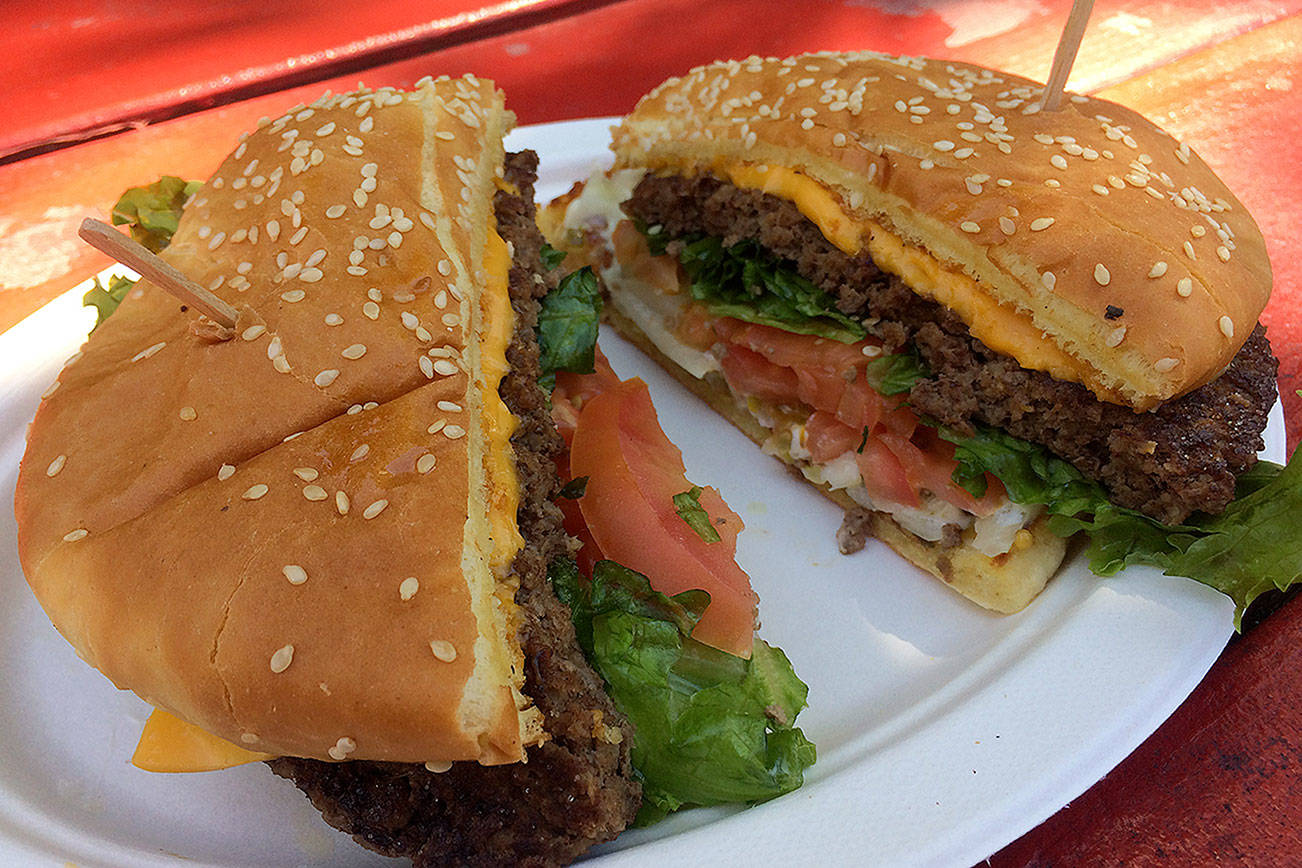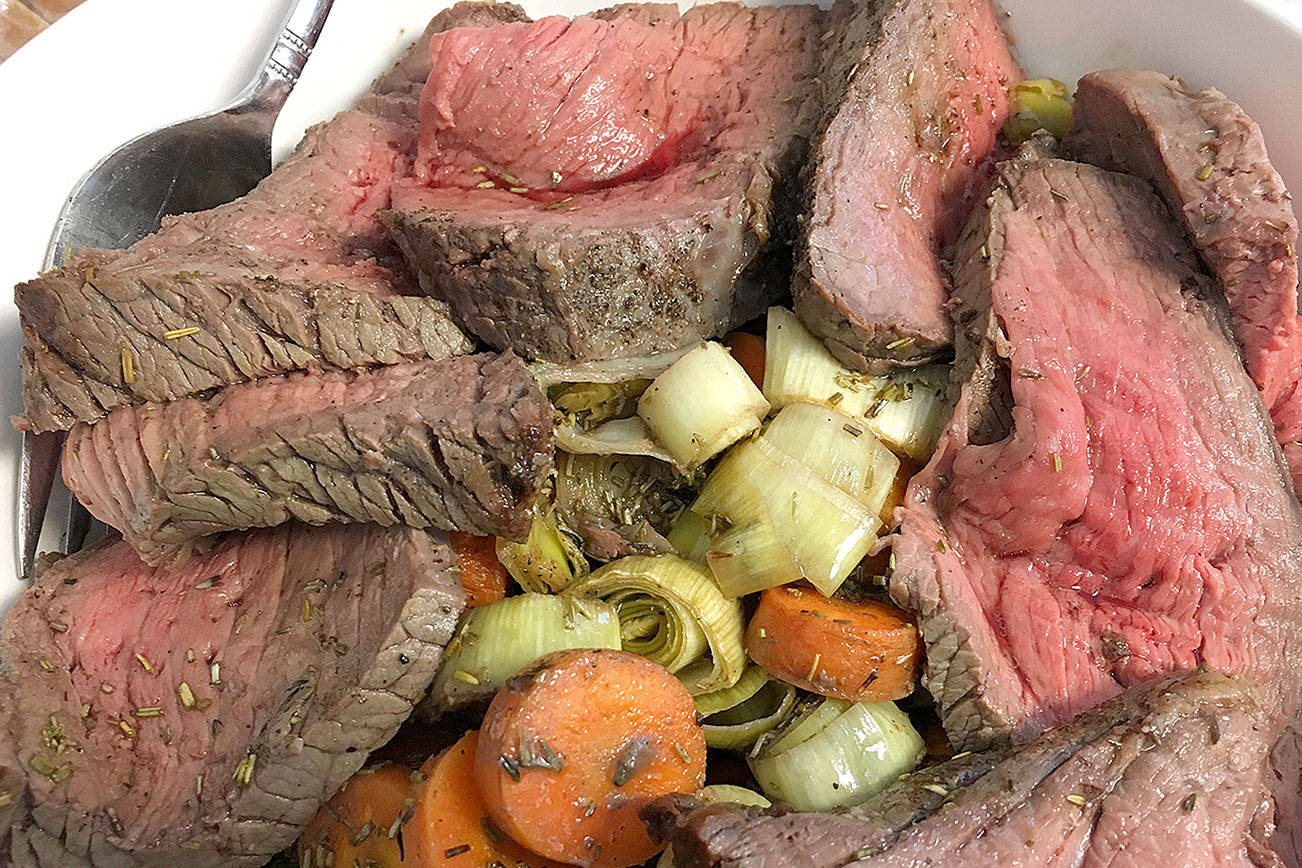Noodles: Beef chow funSource:
Hing Loon, 628 S. Weller St., 682-2828.You know, of all the cuisines I miss or don’t miss after my dozen years in the Bay Area, cheap, great Cantonese is turning out to be number one. Somehow, over the past two decades, Cantonese has become comfort food. My senior year in college, I waited tables in a tiny Chinese joint in St. Paul (which is now much bigger than it used to be, and I can’t vouch for the quality after 15 years). Why was it named the “Grand Shanghai Express”? Who knows, since the chef was from Hong Kong. Not only did I eat a lot of chicken wings for staff lunch that year — I can suck the meat off wing bones faster than most white people — I learned the Chinese-American canon from Tak. What we never told customers was that he, too, had to learn a few of the dishes from the cookbooks he kept in the back. It’s not like anyone taught him how to make crispy chow mein with celery gravy in Hong Kong. Thinking back on my year there, it’s clear that Tak’s take on American standards like cashew chicken and sesame beef was echt Cantonese — everything was very fresh, very clean-tasting. My favorites were the more traditional dishes he advertised on the backs of place mats: steamed black bass with black-bean sauce, steamed pork-and-cabbage dumplings, beef chow fun.I got a hankering for chow fun the other day, and since I already write about Jade Garden and 663 Bistro far too often, I decided to hit up another Cantonese stalwart, Hing Loon. I’m going back sometime to eat specials — the owners had practically wallpapered the place in place mats — but the chow fun was pretty decent, too.”Chow” actually means “stir-fried,” and “fun” shorthand for “ho fun” — wide, flat rice noodles that sometimes come in soup but more often get stir-fried. The trick is to cook them fast enough so they soak up the sauce, picking up a little of that smokey wok char from the pan in the process, yet don’t break down into a mass of mush. Hing Loon’s ho fun were a little diaphanous to start with, so they did break up in the pan, but, coated in oil and soy, they didn’t clump together. And if the not-so-traditional fermented black beans tossed into the sauce did make the noodles a tad salty, the beef was tender and the bean sprouts gave a satisfying crunch to offset the satiny noodles.





